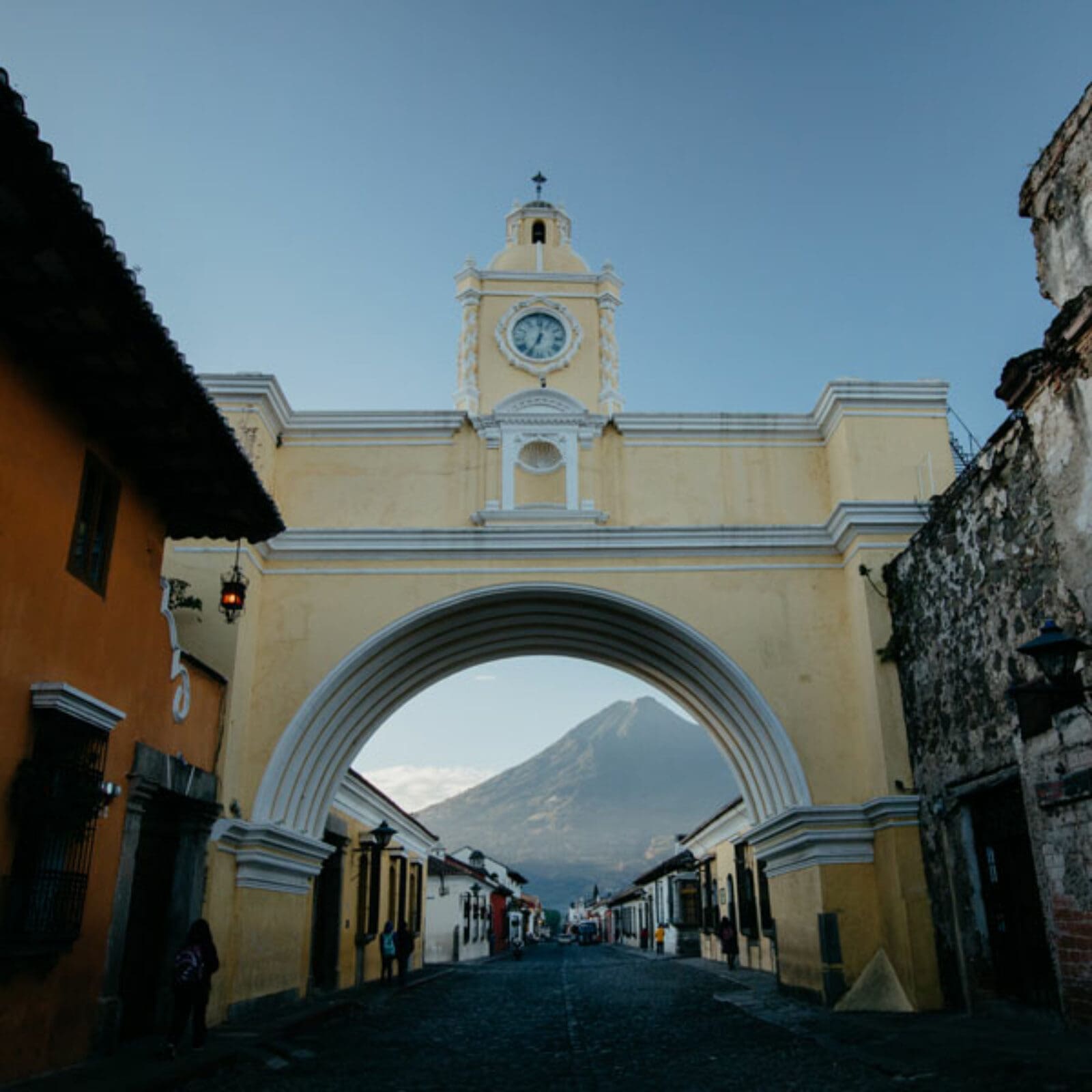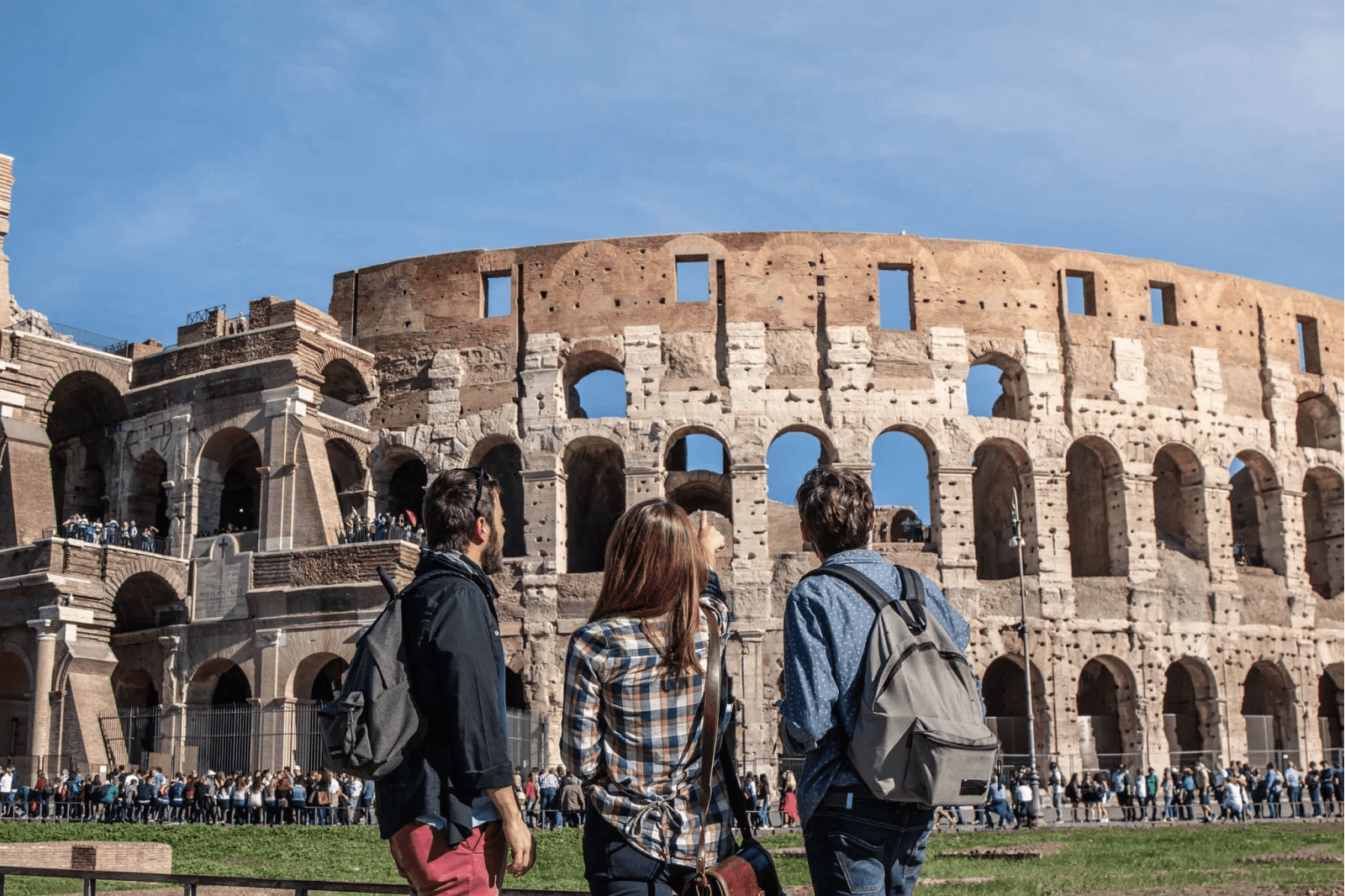“You are the light of the world. A city on a hill cannot be hidden…In the same way, let your light shine before others, that they may see your good deeds and glorify your Father in heaven.”
-Jesus, Matthew 5:14, 16
Acropolis = Greek, from akron “summit, highest point, extremity” + polis “city”
“The ancient citadel at Athens, containing the Parthenon and other notable buildings, mostly dating from the 5th century BC.”
On our last weekend in Greece, two of my teammates and I got to visit Athens for three days! I was a little concerned about finances but it turned out to be totally worth it and one of the best weekends any of us has had on the Race! Even though I had been living in Thessaloniki for three weeks by that time, that city doesn’t feel much like the Greece we think of it didn’t sink in that I was really in Greece until I was in Athens, seeing these famous ruins from the B.C. era with my very own eyes!
Here is a picture blog of my time in Athens:
We took a night train from Thessaloniki to Athens, which took about 6 hours. Here is a picture of Caitlin and me that Allie so kindly snapped of us snoozing.
Around 7 am, coming straight from the train station with all our stuff, we climbed up these ancient stairs to a rock with a view. Little did we know until later coming down that we had been sitting on the “sacred rock” called Areopagus that apostle Paul preached on top of in Acts 17:16-34!
Verse 16: “While Paul was waiting for them in Athens, he was greatly distressed to see that the city was full of idols.” I was literally looking upon the place that Paul was referring to. The Acropolis had multiple temples to goddess Athena, Poseidon, and Zeus.
So he reasoned in the synagogue with both Jews and God-fearing Greeks, as well as in the marketplace day by day with those who happened to be there. A group of Epicurean and Stoic philosophers began to debate with him. Some of them asked, “What is this babbler trying to say?” Others remarked, “He seems to be advocating foreign gods.” They said this because Paul was preaching the good news about Jesus and the resurrection. Then they took him and brought him to a meeting of the Areopagus, where they said to him, “May we know what this new teaching is that you are presenting? You are bringing some strange ideas to our ears, and we would like to know what they mean.” (All the Athenians and the foreigners who lived there spent their time doing nothing but talking about and listening to the latest ideas.)
Paul then stood up in the meeting of the Areopagus and said: “People of Athens! I see that in every way you are very religious. For as I walked around and looked carefully at your objects of worship, I even found an altar with this inscription: to an unknown god. So you are ignorant of the very thing you worship—and this is what I am going to proclaim to you.
“The God who made the world and everything in it is the Lord of heaven and earth and does not live in temples built by human hands. And he is not served by human hands, as if he needed anything. Rather, he himself gives everyone life and breath and everything else. From one man he made all the nations, that they should inhabit the whole earth; and he marked out their appointed times in history and the boundaries of their lands. God did this so that they would seek him and perhaps reach out for him and find him, though he is not far from any one of us. ‘For in him we live and move and have our being.’ As some of your own poets have said, ‘We are his offspring.’
“Therefore since we are God’s offspring, we should not think that the divine being is like gold or silver or stone—an image made by human design and skill. In the past God overlooked such ignorance, but now he commands all people everywhere to repent. For he has set a day when he will judge the world with justice by the man he has appointed. He has given proof of this to everyone by raising him from the dead.”
When they heard about the resurrection of the dead, some of them sneered, but others said, “We want to hear you again on this subject.” At that, Paul left the Council. Some of the people became followers of Paul and believed. Among them was Dionysius, a member of the Areopagus, also a woman named Damaris, and a number of others.
Acts 17:18-34
View of Athens from the Areopagus
View of the Areopagus from a rooftop restaurant
We got to visit the Acropolis Museum the night before we went to see the Acropolis. We highly recommend going to the museum before going to the ruins, since it was highly informative and you got to see all the relics that were found on the Acropolis. We also recommend going to the Acropolis in the morning when it opens at 8 am (for the least amount of tourists and before it gets too hot). Get there a little early because there will be a line! You can either pay 20 euro to get in to see the Acropolis or buy a pass for 30 euro that will get you into the other archeological sites in the area! We did the 30 euro pass. Its valid for 5 days.
Fro-yo with a view.
We ate the most delicious Greek frozen yogurt sitting on the curb with a great view of the Acropolis.
Temple of Olympian Zeus with a view of the Acropolis. In the background you can see one of the pillars that fell in a storm in 1852. Out of the 104 original columns, only 15 (excluding the one on the ground) remain standing.
The Panathenian stadium from the first modern Olympic games in 1896! Its the same site as the ancient Olympic games, too. This is not the same stadium they used in 2004 (they built a new one that you can get to on the Metro but we didn’t go there). However, there was an event or two that took place here for those Games! Highly recommend the audio tour that is included with a ticket into the stadium!








